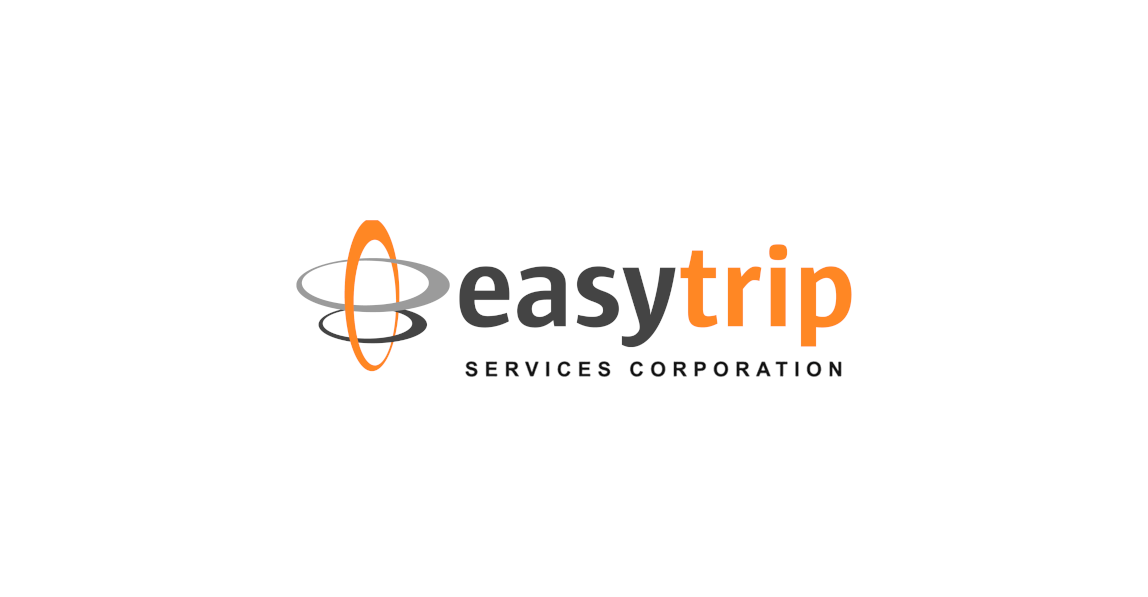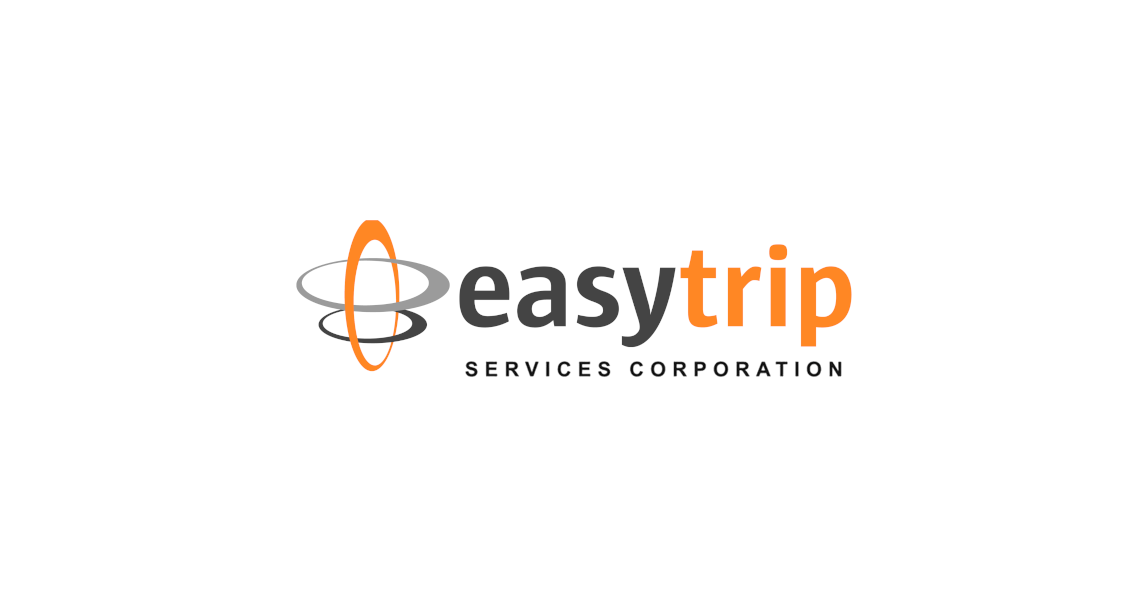What are the Benefits of RFID to the Travel and Transport Industry?

What is RFID?
Radio-frequency identification (RFID) is a type of wireless technology that uses radio waves to identify and track tags that are attached to objects, animals, or people.
RFID is composed of three components: an antenna, an RFID tag, and an RFID reader. Made up of an antenna and an integrated circuit, RFID tags use these to transfer data to the RFID reader. Then the RFID reader will convert the radio waves into a usable date. The information captured from tags is then moved to a computer or system where it is stored in a database and will be analyzed.
What are the advantages of using RFID on tollways?
RFID is utilized on tollways because it provides the following advantages:
- Faster read rates
- budget-friendly RFID tag
- Designed to capture tags even when the vehicle is moving.
- Good data storage and data association
- Secure communication and conversion of data
Different Usages of RFID Tag
With its host of benefits, RFID is not just used on tollways but also for different purposes and industries, such as:
- Vehicle tracking
- Pet and livestock tracking
- Inventory management
- Credit card payment
- Security
- Asset tracking
- Real-time tracking
- Healthcare
- Shipping
- Retail services
- Logistics
- Entertainment and travel
- Manufacturing and industrial
What are the benefits of using RFID?
RFID technology comes with benefits that can be used on roads and expressways and can help attain a better road experience for every commuter. Some of these benefits are:
Convenience: Commuters would not need to pay cash when passing through toll gates. All they need to do is avail themselves of an RFID sticker and place it on their vehicle, put in a sufficient RFID load, and they are good to go.
Faster Travel: By using RFID, the need to pay cash and interact with staff, which would require commuters to stop and spend a longer amount of time, is eliminated. Hence, they can travel faster through toll gates.
Efficient cost tracking: As a digital process, all tollgate transactions will be recorded in an app or a system that users can access anywhere and anytime. This would enable them to track and monitor their expenses as well as wisely manage their travel budget. This is in contrast to manually tracking one's toll expenses and having paper receipts, which can be lost or misplaced.
What is Easytrip?
Easytrip uses RFID as an electronic toll collection method in the Philippines. Easytrip RFID are placed on vehicles and can be used when traversing across Metro Pacific Tollways Corp. (MPTC) expressways—NLEX, SCTEX, CAVITEX, CALAX, and C5 Link. This enables commuters to have a cashless, convenient, and faster journey.
The Easytrip RFID sticker is placed on the inside of a vehicle's windshield, headlights, or plate numbers. These RFID stickers for cars will then be scanned by RFID tags upon entering tollgates. Once read, the system will automatically deduct the specific toll fee from the commuter's account, and they can pass through the toll gates.
Traveling whether for work, school, or recreation, is an essential part of the lives of many Filipinos. To facilitate this crucial activity, commuters can use the Easytrip RFID stickers, wherein they can opt for a cashless and convenient way of paying toll fees when traveling on expressways.
If you are wondering how to register for Easytrip, you can visit any Easytrip installation site and bring the filled-out registration form that can be downloaded from easytrip.ph and your vehicles.





